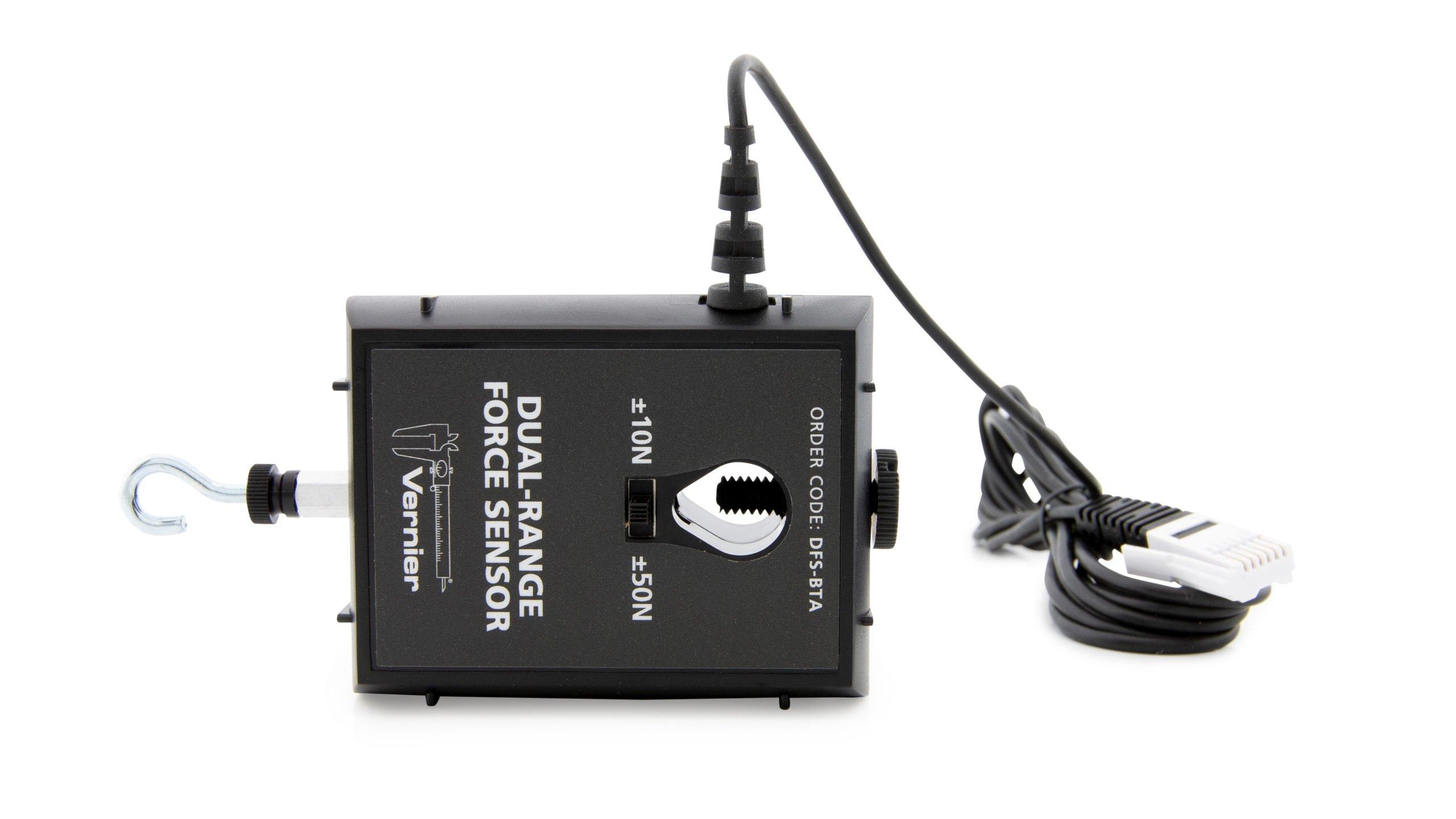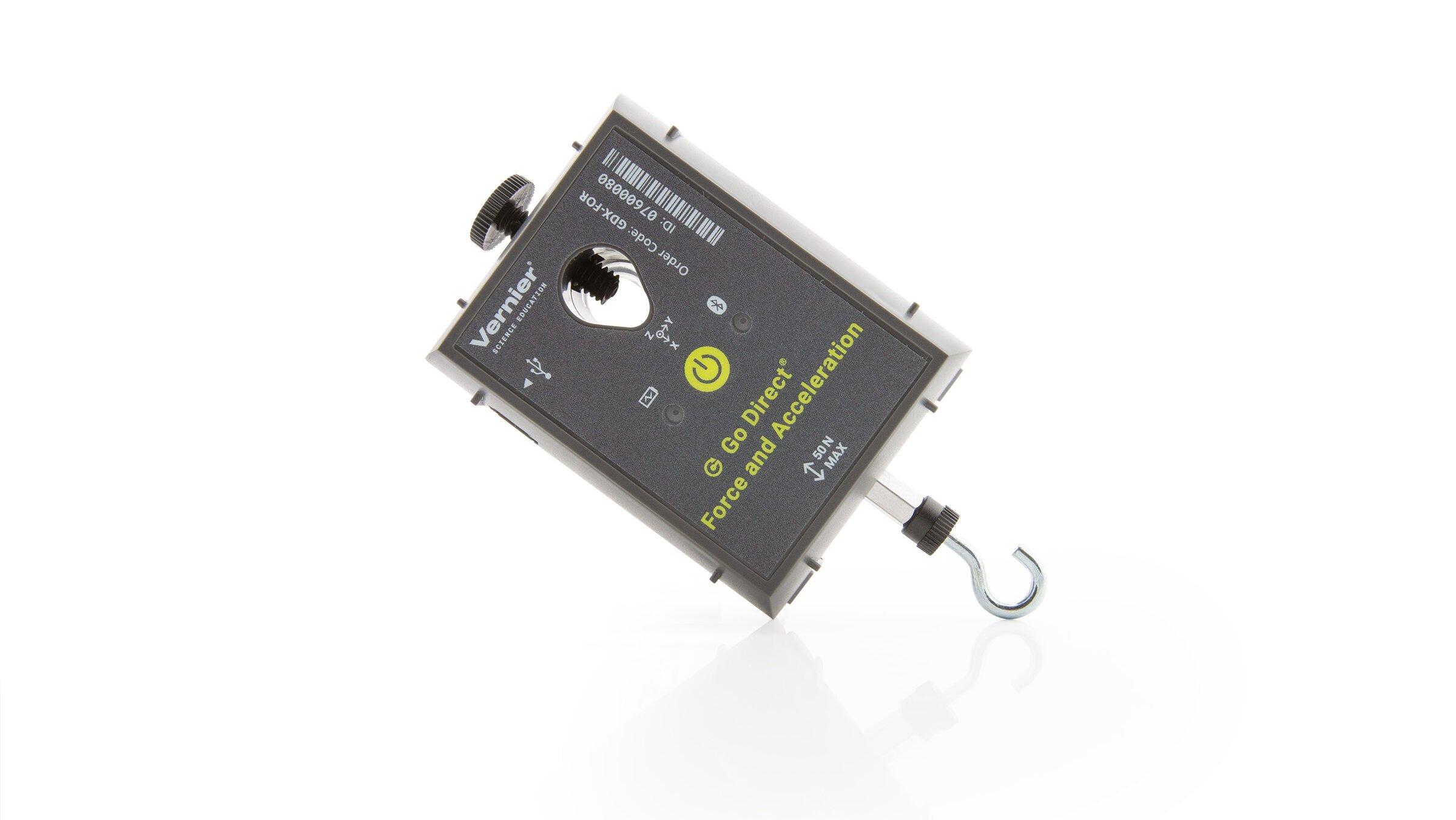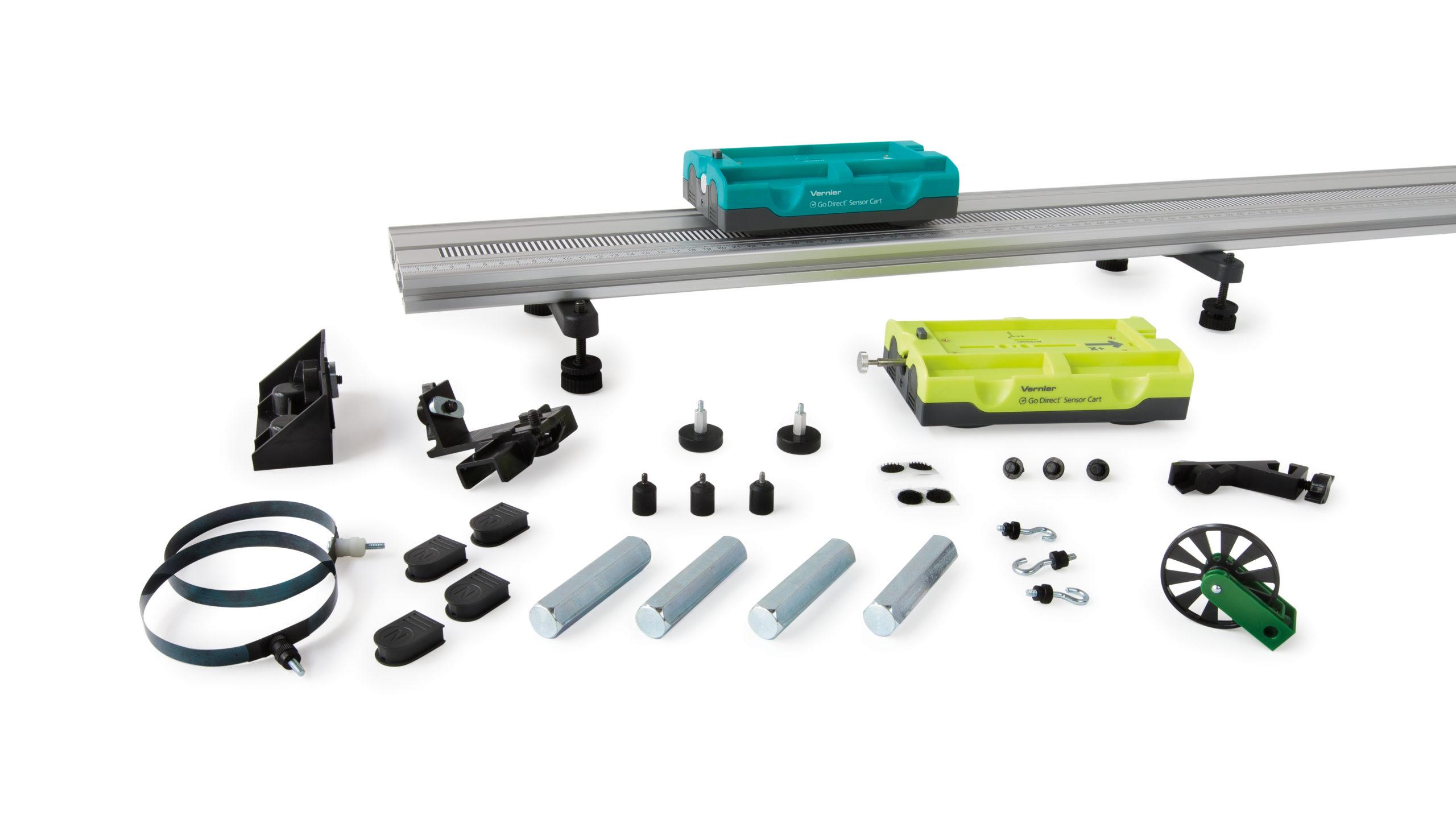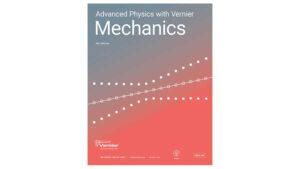
Introduction
In your discussion of the force concept, you may have heard that a force is a push or pull exerted by one object on another. You may also have heard a popular expression of Newton’s third law: “For every action, there is an equal, but opposite reaction.” Unfortunately, this expression leads to some naïve conceptions about forces. Unlike Newton’s first two laws, which deal with the effects of forces on a single object, the third law describes the interaction between two objects. In this experiment, you will examine this interaction in a variety of situations so that you might develop a better understanding of the forces involved when two objects interact.
Objectives
In this experiment, you will
- Observe the magnitude and direction of forces exerted by interacting objects.
- Observe the time variation of these forces.
- Develop a more robust expression of Newton’s third law.
Sensors and Equipment
This experiment features the following sensors and equipment. Additional equipment may be required.
Option 2

Correlations
Teaching to an educational standard? This experiment supports the standards below.
- International Baccalaureate (IB) 2025/Physics
- The students should understand Newton’s three laws of motion
Ready to Experiment?
Ask an Expert
Get answers to your questions about how to teach this experiment with our support team.
- Call toll-free: 888-837-6437
- Chat with Us
- Email support@vernier.com
Purchase the Lab Book
This experiment is #5 of Advanced Physics with Vernier — Mechanics. The experiment in the book includes student instructions as well as instructor information for set up, helpful hints, and sample graphs and data.



